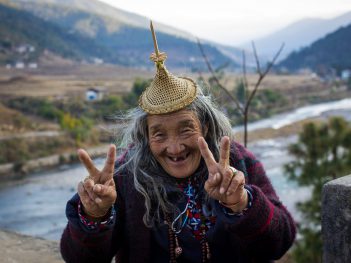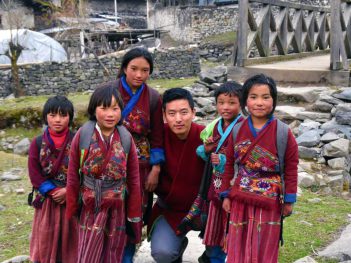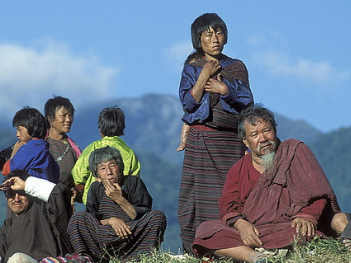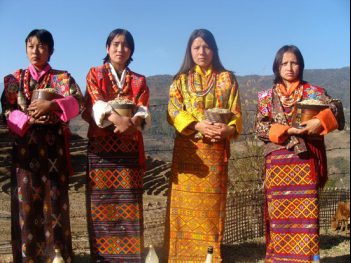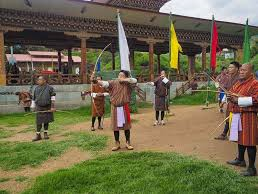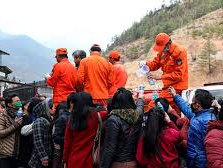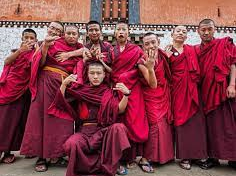ABOUT BHUTAN
BHUTAN
The Kingdom of Bhutan is a small landlocked country located in the southern foothills of the Himalayan Mountain range, sandwiched between China in north and India in the south.
It is a sovereign nation, with a total land area of 38,394 km² and a total population of 735,553 (2017).
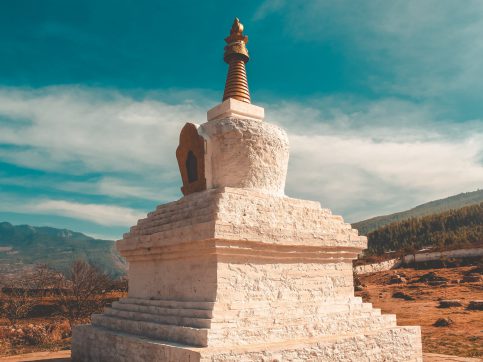
PEOPLE
People of Bhutan are known as Bhutanese and generally categorized into three main ethnic groups. The Tshanglas, Ngalops and the Lhotshampas.
SOCIETY
Bhutanese society is free of class or a caste system. Slavery was abolished by the Third King Jigme Dorji Wangchuck in the early 1950s through a royal edict. Though, a few organizations to empower women were established in the past, Bhutanese society has always maintained relativegender equality. In general our nation is an open and a good-spirited society.
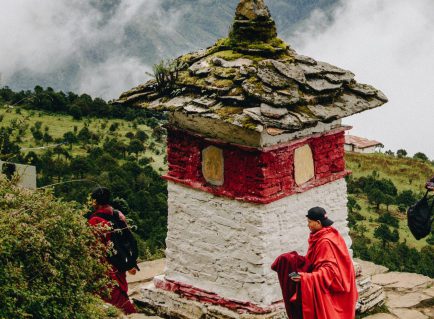
RELIGION
The Bhutanese constitution guarantees freedom of religion and citizens and visitors are free to practice any form of worship so long as it does not impinge on the rights of others. Christianity, Hinduism and Islam are also present in the country.
The form of Buddhism practiced in Bhutan has absorbed many of the features of Bonism such as nature worship, worship of a host of deities, invoking and propitiating them. According to Bonism, these deities were the rightful owners of different elements of nature. Each different facet of nature was associated with its own specific type of spirit.
GEOGRAPHY & GEOLOGY
The kingdom of Bhutan lies deep in the eastern Himalayas. It is surrounded by the Tibet Autonomous Region (TAR) of China to the north, and the Indian territories of Assam and West Bengal to the south, Arunachal Pradesh to the east and Sikkim to the west. The tiny landlocked kingdom has a total area of 38,394 km² and spreads between meridians 89°E and 93°E, and latitudes 27°N and 29°N.
The Altitude Zones Of Bhutan
The towering Himalayan mountains of Bhutan dominate the north of the country, where peaks can easily reach 7,000 meters (22,966 ft) above the sea level.

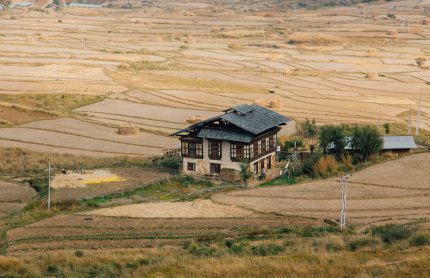
Lower foothills height of about 4000 meters and continuously rising the valleys of different heights and topography makes the country an ideal place for both native people and tourists within the mainland of Bhutan. The valleys of Bhutan are traversed by the country’s five major river systems and their tributaries which ultimately drain to the Brahmaputra River in India. The valleys are linked by a series of passes, the highest pass crossed by a Bhutanese highway is Chele La (3,780 metres (12,402 ft) between Paro and Haa.
The vegetation in this zone is a mixture of broad-leaved and coniferous forest.
Stretched along the southern border of the country, the Duar Plain drops sharply away
from the Himalayas into the large tracts of sub-tropical forest, grasslands and bamboo jungle. The altitude of the southern foothills ranges from about 200 meters at the lowest point to 2000 meters. This zone is rich in dense and sub-tropical vegetation.
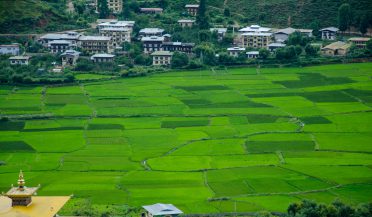
NATIONAL SYMBOLS
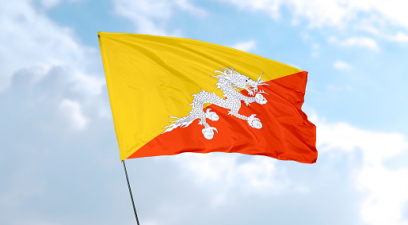
NATIONAL FLAG
The National flag is divided diagonally into two equal halves.
The upper yellow half signifies the secular power and authority of the king while the lower saffron-orange symbolizes the practice of religion and the power of Buddhism, manifested in the tradition of Drukpa Kagyu.
The dragon signifies the name and the purity of the country while the jewels in its jeweled claws stand for the wealth and perfection of the country.
NATIONAL SPORT
The national sport is the Archery (Dha). The bow and arrow play a significant role in many Bhutanese myths and legends; images of the gods holding a bow and arrows are considered especially favorable.
Archery was declared the national sport in 1971 when Bhutan became a member of the United Nations. Bhutan also maintains an Olympic archery team. Archery tournaments and competitions are held throughout the country. Archery is played during religious and secular public holidays in Bhutan, local festivals (tsechu), between public ministries
and departments, and between the dzongkhag and the regional teams.
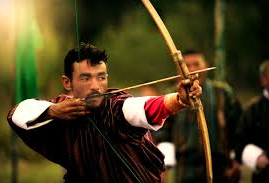
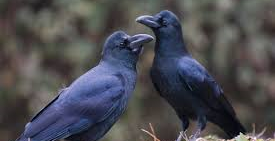
NATIONAL BIRD
The national bird is the raven. It adorns the royal crown. The raven represents the deity Gonpo Jarodongchen (raven headed Mahakala), one of the chief guardian deities of Bhutan.
NATIONAL ANIMAL
The national animal is the Takin (Burdorcastaxicolor) that is associated with religious history and mythology. It is a very rare mammal with a thick neck and short muscular
legs. It lives in groups and is found above 4000 meters on the north- western and far north eastern parts of the country. They feed on bamboo. The adult Takin can weigh over 200 kgs.
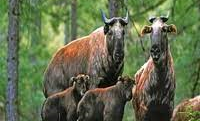
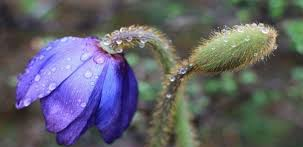
NATIONAL FLOWER
The national flower is the Blue Poppy (Meconopsis Grandis). It is a delicate blue or purple tinged blossom with a white filament. It grows to a height of 1 meter, and is found above the tree line (3500-4500 meters) on rocky mountain terrain. It was discovered in 1933 by a British Botanist, George Sherriff in a remote part of Sakteng in eastern Bhutan.
Weather & Temperature
Click here for weather and temperature updates about Bhutan.
Plan your trip to Bhutan


